Managing Soft Tissue Injury Caused Due to Animal Attack: A Case Study by Dr Sujay Shanker
M3 India Newsdesk Oct 17, 2022
Populations residing in forested areas are constantly at risk of attacks by wild animals. This article sets out to report a case of a bear attack managed at a primary care facility in a remote mining area in Odisha.
Among the animal attack survivors, grotesque patterns of injuries are the norm. Lack of access to advanced healthcare facilities compounds the problem, and many victims are managed at primary care facilities with limited resources. Attacks by sloth bears are quite frequent in forested areas near their habitat.
Resulting in major disfigurement and psychological trauma, attacks by sloth bears are indeed disastrous events. Commonly injury is due to a clawing attack from the front with a high-velocity swinging motion of the fore paw.
Reporting from a series of 48 patients of bear attacks, it has been reported that almost all injuries involved the face or scalp or both.
Background
Sukinda Chromite Mine is one of Tata Steel’s mines in India and is located in the Jajpur District of Odisha. Flanked by the Daitari and the Mahagiri range, Sukinda valley is sited in a densely forested region. Accounting for 98% of the national chromite reserves, Sukinda Valley has significant importance in terms of mineral resources. Several governments and private mining industries, including Tata Steel, are engaged in mining activity in this region. It is the only operational hospital in the region and is the first point of contact for all types of medical and surgical emergencies.
Apart from medical conditions, road traffic accidents, mining incidents, and snake bites, community members occasionally report injuries inflicted by wild animals. Attacks by sloth bears, which find their habitat in the neighbouring forests, are seen occasionally.
Other wild animals sighted in these forests include elephants, hyenas, and very rarely leopards, but encounters with sloth bears are the most common.
Weighing 130 kg, with a shoulder height of 2 to 3 feet, and a standing height of 4.6 to 6.3 feet, sloth bears are nocturnal in habit and subsist on fruits, tubers and insects. The lack of upper incisors helps them to slide out their tongue to suck up insects and the unopposed lower incisions serve to scrape the bark of trees, providing access to underlying insects. 4-inch long claws help in digging out termite and ant mounds and also assist in digging out tubers. It is these long claws that are responsible for the patterns of injuries seen in bear attack cases, and the face and scalp are the most common sites of injury.
Case presentation
At 8.10 am on 17 December 2019, a 65-year-old male presented at the emergency with a ripped-off injury to the right side of the face. He had been mauled by a bear around 14 hours ago and had to wait for daybreak to begin the long trek to the hospital. The presentation was grotesque with the entire right cheek ripped off. Fortunately, the eyes, pinna and nose were spared. There was no active bleeding from the wound. Figure 1 shows the initial presentation:

Figure 1 Initial Presentation (Sensitive content-Click on the image to view)
The vitals were stable, and the patient was shifted to the dressing/procedure room. The wound was cleaned, and a detailed evaluation revealed negligible skin loss and intact buccal mucosa. Figures 2, 3 and 4 depict the initial findings:
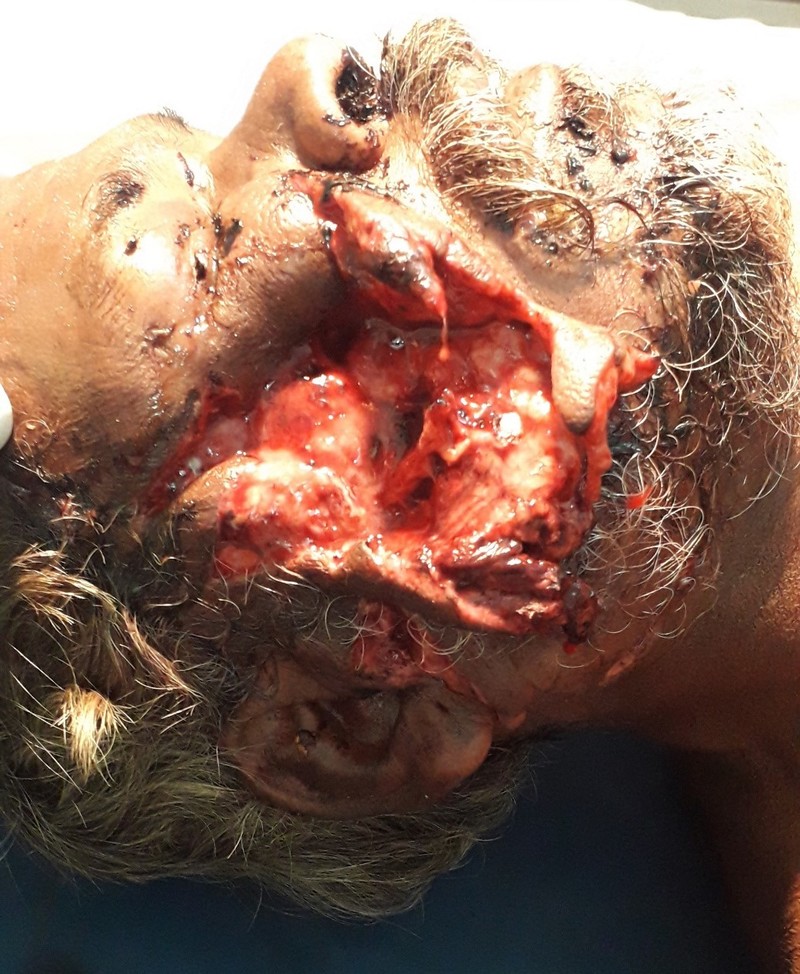
Figure 2 Evaluation 1 (Sensitive content-Click on the image to view)

Figure 3 Evaluation 2 (Sensitive content-Click on the image to view)
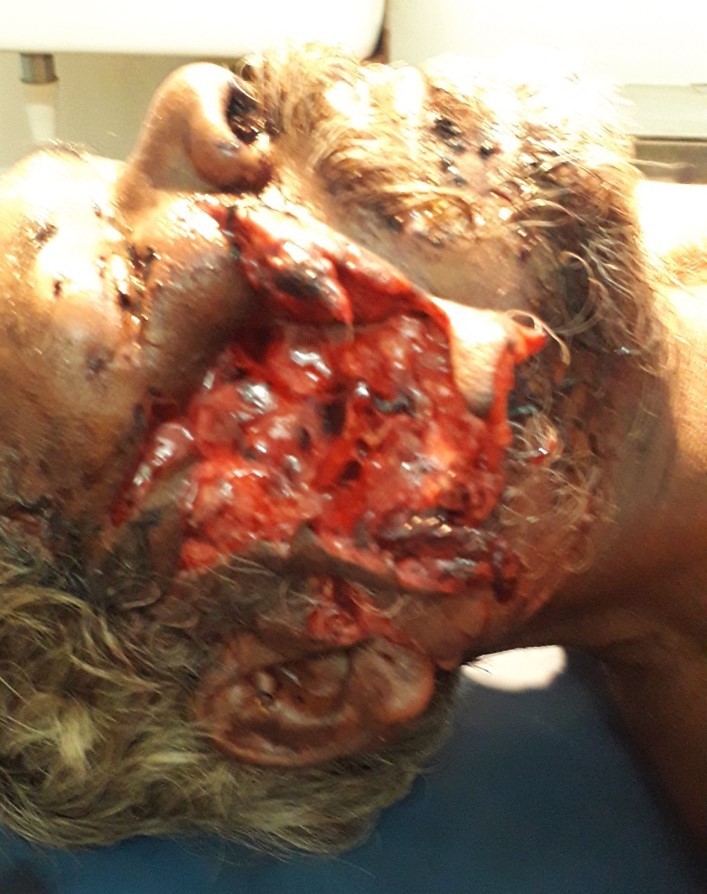
Figure 4 Evaluation 3 (Sensitive content-Click on the image to view)
Treatment
Thorough cleaning and debridement of the wound were done. As the injury involved the face which is highly vascularized, and the buccal mucosa was intact, a primary repair was carried out. A decent result was expected as there was no skin loss. The initial steps are shown in figures 5, 6 and 7:

Figure 5 Repair: Skin flaps being repositioned with stay sutures (Sensitive content-Click on the image to view)
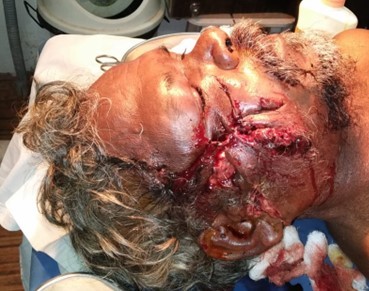
Figure 6 Repair: Gross restoration of anatomy (Sensitive content-Click on the image to view)
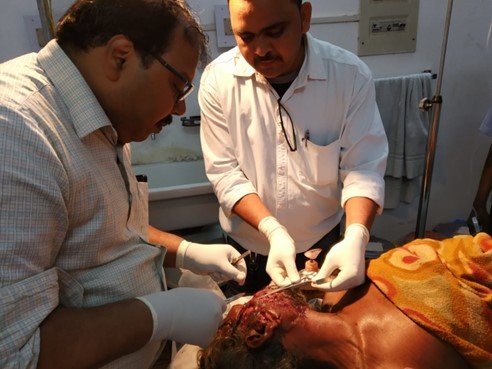
Figure 7 Repair in progress (Sensitive content-Click on the image to view)
Post-operative care:
The patient was given broad-spectrum antibiotics, an injection of ceftriaxone with sulbactam, and oral metronidazole. The first dose of tetanus toxoid injection was administered, and anti-rabies prophylaxis was initiated, with the dose scheduled as 0, 3, 7, 14, and 28 days.
Observation:
The recovery was uneventful and acceptable results were seen. The results on day 6 are shown in figure 8 and on day 10 are shown in figure 9:
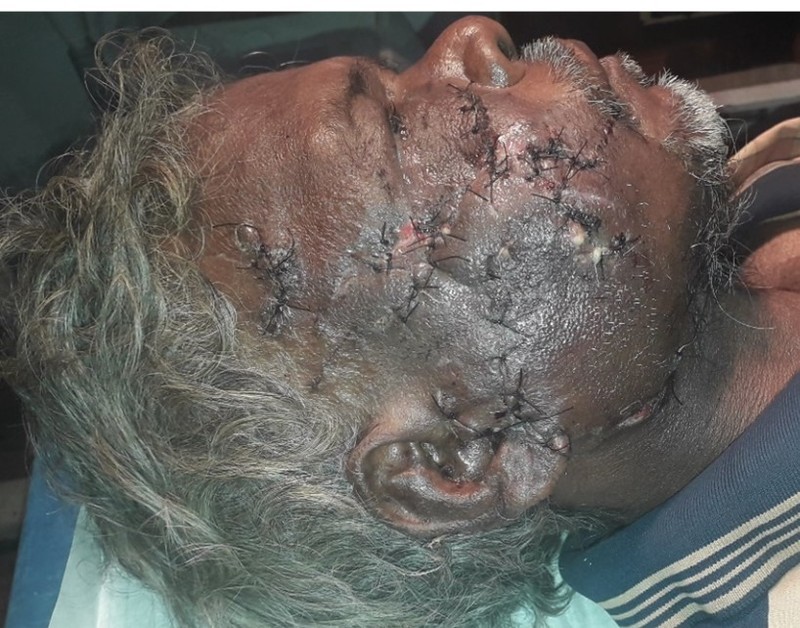
Figure 8 Post-op day 6 (Sensitive content-Click on the image to view)
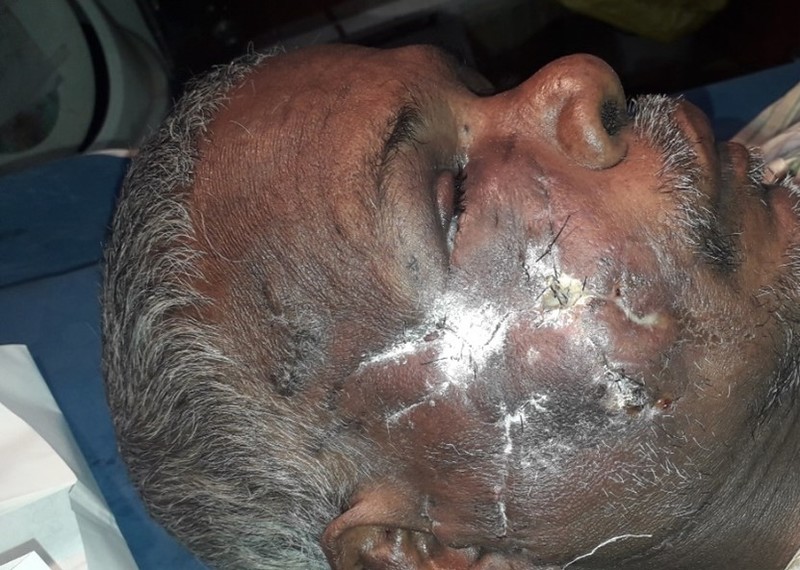
Figure 9 Post-op day 10 (Sensitive content-Click on the image to view)
Conclusion
Patients mauled by wild animals such as bears pose a challenge to treat. The main concerns are the delay in reporting to the hospital, extensive injuries, and lack of access to medical facilities. Most cases require specialised care, and complex reconstructive procedures. However, selected cases may be managed successfully in primary care facilities with acceptable results.
-
Exclusive Write-ups & Webinars by KOLs
-
Daily Quiz by specialty
-
Paid Market Research Surveys
-
Case discussions, News & Journals' summaries